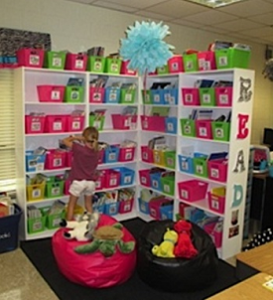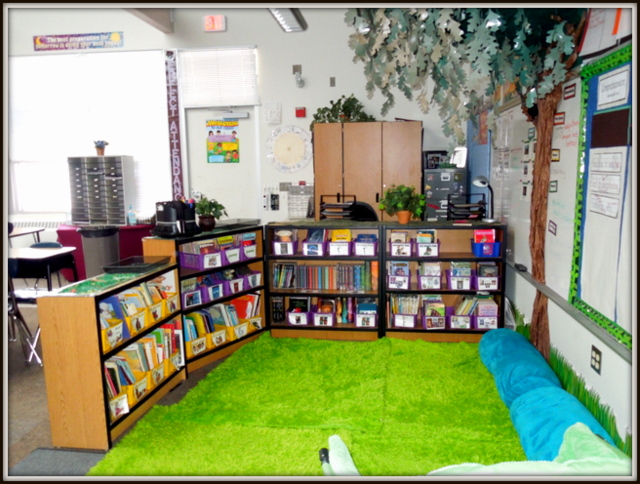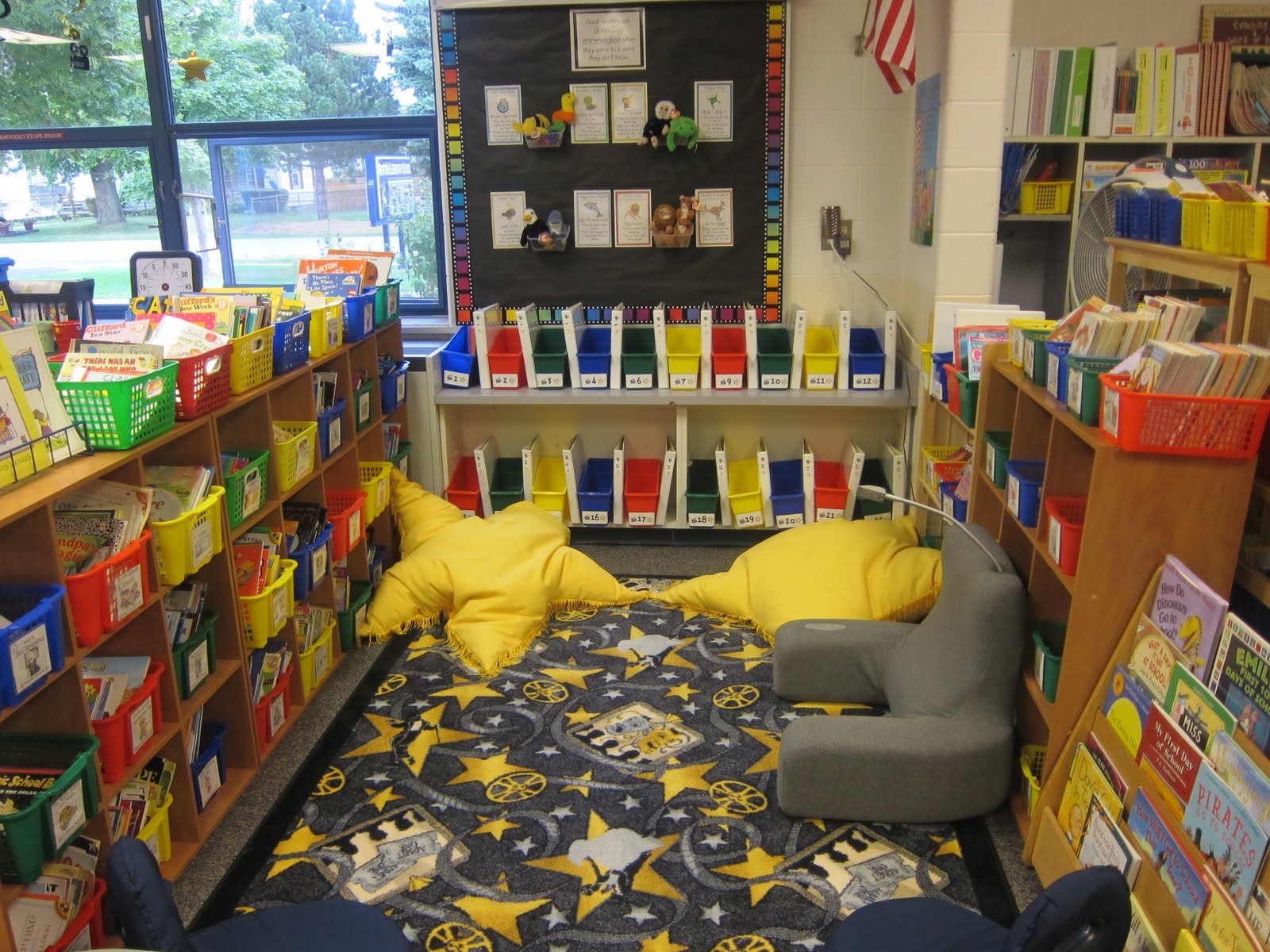To see my driving classroom management philosophy, please visit my teaching philosophy page here.
The driving forces behind my classroom behavior management plan are the Positive Behavior Intervention System (PBIS) in conjunction with developmentally appropriate consequences for negative behaviors.
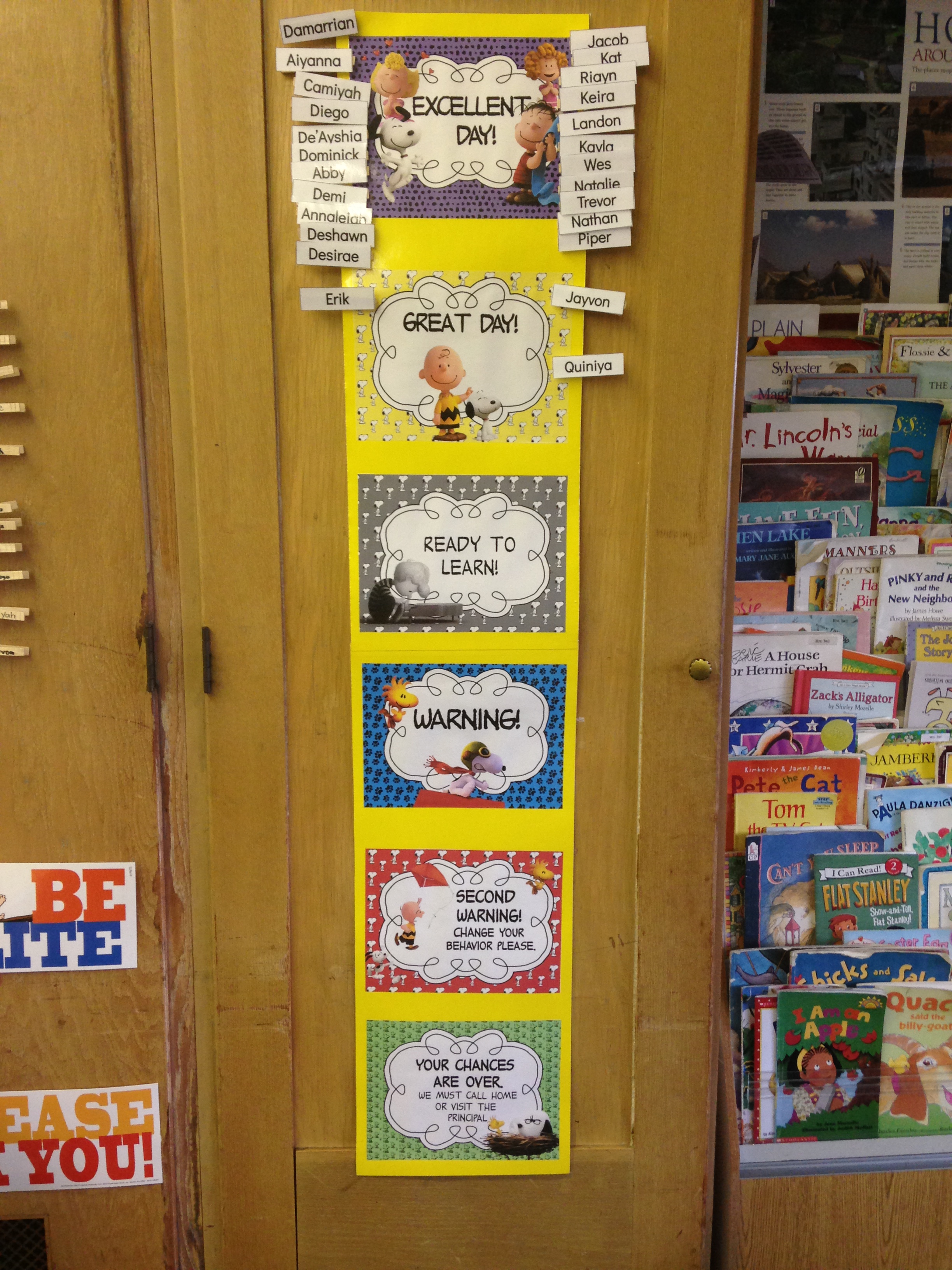
As a teacher, I appreciate visuals such as the clip chart above and the “What Can My Voice Do?” reminder chart below that we use in my classroom. These visuals help children in primary grades self-regulate their behaviors, and since I implemented the clip chart following Spring Break, the students in my room have been highly motivated to work their way to the highest spot on the chart each day. Students record their color at the end of each day on a monthly calendar that goes home every night for parents to check.
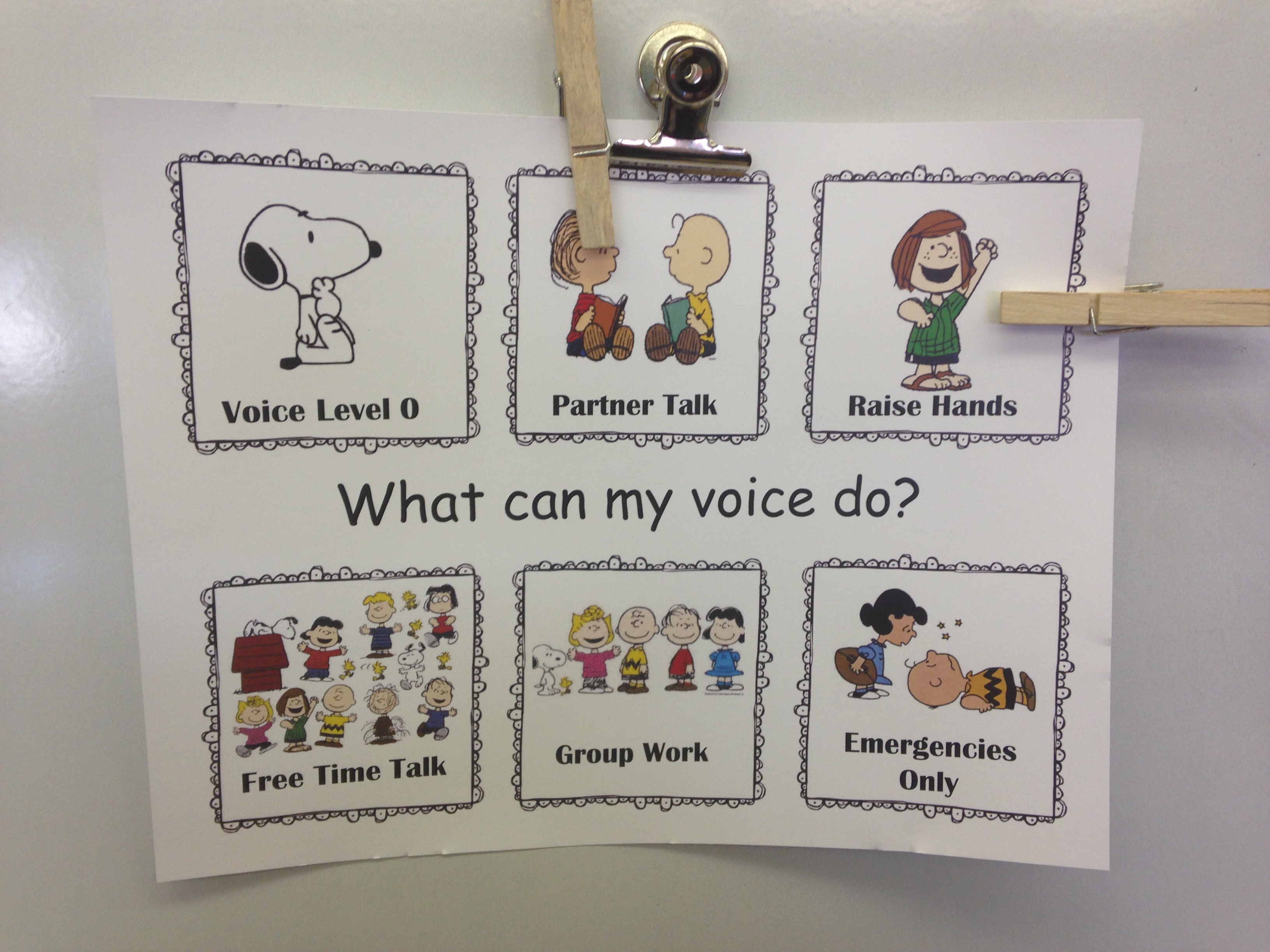
The reminder chart above has also helped students remember the appropriate voice level for their current activity, as well as remember when it is not okay to interrupt the teacher unless there is an emergency, for times like guided reading instruction.

For primary grades, I use Class Dojo as a parent communication tool, as well as to post picture updates of happenings in our classroom. It is also a supplement to the clip chart as an opportunity for students to work toward rewards for things like turning in homework or ending the day in a good spot on the clip chart. Students build their points throughout the year to work toward larger rewards, such as eating lunch in the classroom with a friend.
In upper grades, Class Dojo provides all the same benefits, but can function as an economy system for students who are ready to practice additional responsibility. For example, students who lose or forget a pencil or other needed school supplies may ‘buy’ one from the teacher with Dojo points. Dojo points can be spent repeatedly on smaller rewards, or students can work to save up for larger rewards. Students continue to earn and lose points depending on their behavior choices. In this way, Dojo not only provides a comprehensive behavior management system that is still developmentally appropriate for upper-elementary students, but also provides students a chance to learn additional economic life-skills related to spending, saving, and making responsible choices with ‘money,’ or in this case, Dojo points.
Classroom Website:
In my classroom, I will utilize my background in amateur web design to create and maintain a classroom website. The purpose of the website will in part be to keep parents up-to-date about classroom happenings, but also to provide both parents and students with additional educational resources related to current class content. I will also utilize resources like Sign-Up Genius to encourage parents to participate in our classroom as casual volunteers or for special classroom events.
Classroom Layout/ Atmosphere:
Student desks in my classroom will be laid out in pairs or in groups, so that students have frequent opportunities for collaborative social learning such as turn-and-talk throughout the day. Here is an idea of what that would look like:
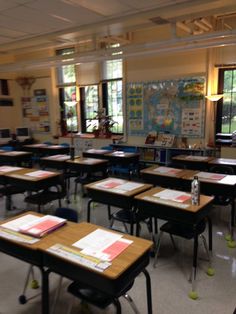
I want my classroom to be a warm and inviting environment for students, so I hope to be able to use lamps and other non-fluorescent light sources, plants, and a few alternative seating opportunities such as beanbag chairs for students to feel more at home in my classroom. I also play classical and instrumental jazz music throughout the school day to help students focus and create a more relaxing learning environment. Here is an example of how I would like that to look in my classroom:

It is also extremely important to me that students have access to a literacy-rich environment as budding readers. As such, a great amount of space in my classroom will be devoted to books and inviting areas for students to read them.
Here are some ideas of what that might look like:
